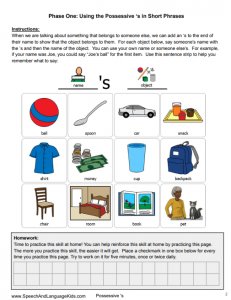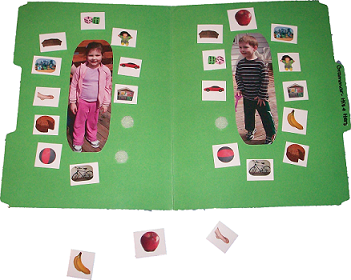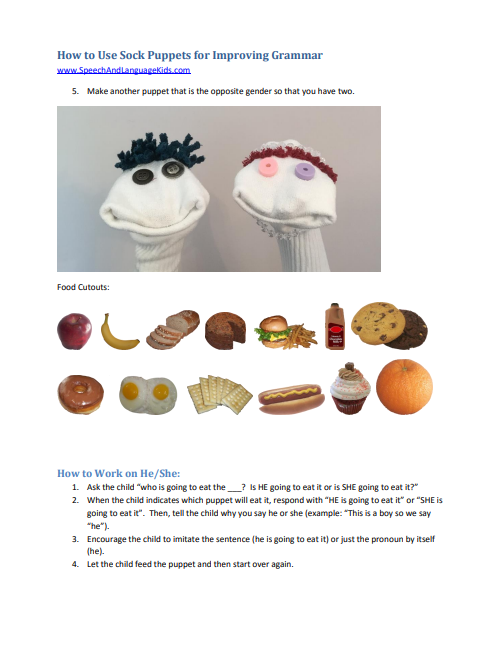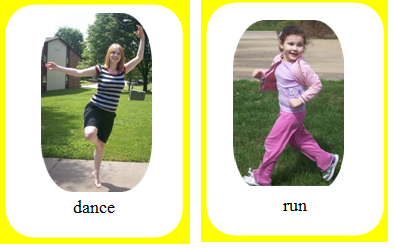How to Teach Possessive ‘s and Possessive Pronouns to Children:
The possessive ‘s is what we add to a noun to indicate possession. We can use it to say “Sally’s ball”, “Mommy’s cup” or “the school’s mascot”. We can also indicate possession by using possessive pronouns like “his”, “her”, and “my”.
Overview of Teaching Possessives:
Many children with language delays have trouble remembering to include word endings that change the meaning of a word. The possessive ‘s is no exception. It is the word ending that indicates that the subject of the sentence belongs to a person. For example, “Abby’s boot” or “Carrie’s head”. Here’s a simple process for teaching your child to include the possessive ‘s in his speech:
1. Use Possessives to Identify Possession of Physical Objects
To start with, sit down with your child and give him a pile of something (blocks, snack, candy, books, etc.). Give yourself a pile as well. Point to your child’s pile and say “whose is this?” Have your child say his name with the plural ‘s (like “Andy’s”). Then, point to your own pile. Say “whose is this?” (“Mommy’s”). Make sure he gets the ‘s on there but as soon as your child starts to get this concept, go ahead and move onto step two. We’d rather him not be talking about himself in the 3rd person any longer than he has to, it just helps to start with something personal.
2. Use Possessives to Identify Possession in Pictures
Now we’ll move on to talking about possessions in pictures. Show your child a picture of someone that she knows holding an object. Ask your child whose ___ the object is. For example, if Sally is holding a ball, you might say “whose ball is that?” and your child should say “Sally’s”. If your child forgets the ‘s, make sure you model it for her so she can imitate it back with all of the sounds. Once your child gets better at that, see if she can use it in a sentence, such as “that’s Sally’s ball”.
3. Use Possessives to Identify Possession in Response to Questions Throughout The Day
Now that your child can use possessive ‘s while describing pictures, we want him to start doing it when you ask him questions throughout his day. As him questions like “where are we going?” (Grandma’s house) or whose jacket is this? (Daddy’s Jacket). Keep asking these until your child remembers his ‘s every time.
4. Use Possessives in Conversational Speech
The last step is to just correct those few possessive ‘s that your child leaves off in conversation. If you hear one, gently remind her to use all of her sounds.

About the Author: Carrie Clark, MA CCC-SLP
Hi, I’m Carrie! I’m a speech-language pathologist from Columbia, Missouri, USA. I’ve worked with children and teenagers of all ages in schools, preschools, and even my own private practice. I love digging through the research on speech and language topics and breaking it down into step-by-step plans for my followers.
Fun Fact: Things always seem to work out for me. And by that, I mean that when I take a look at events in my life, I can always trace them back to the positive things that came out of them, even if they seemed awful at the time. So I choose to believe that everything always works out the way it needs to and the universe makes sure I have what I need.
Connect with Me:












I noticed # 3 says plural instead of possessive.
Good find, thanks! I fixed it 🙂